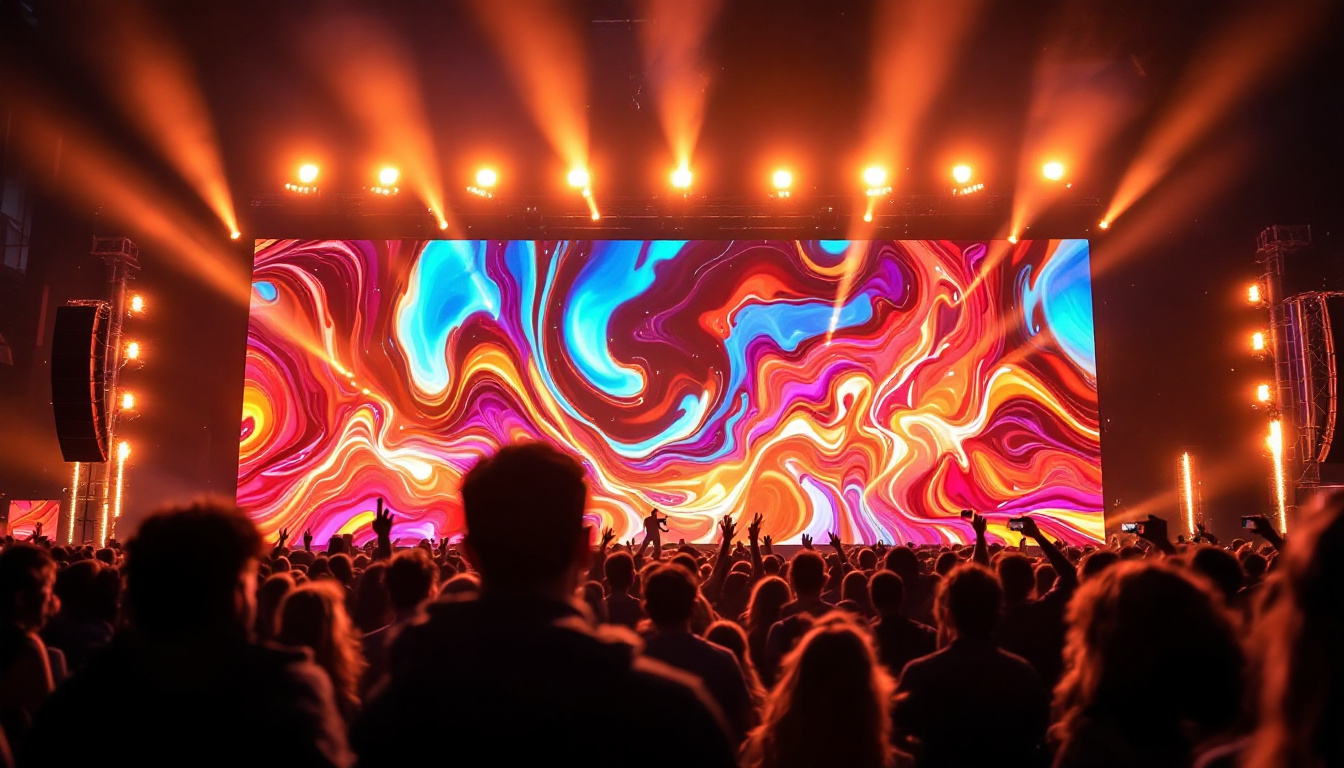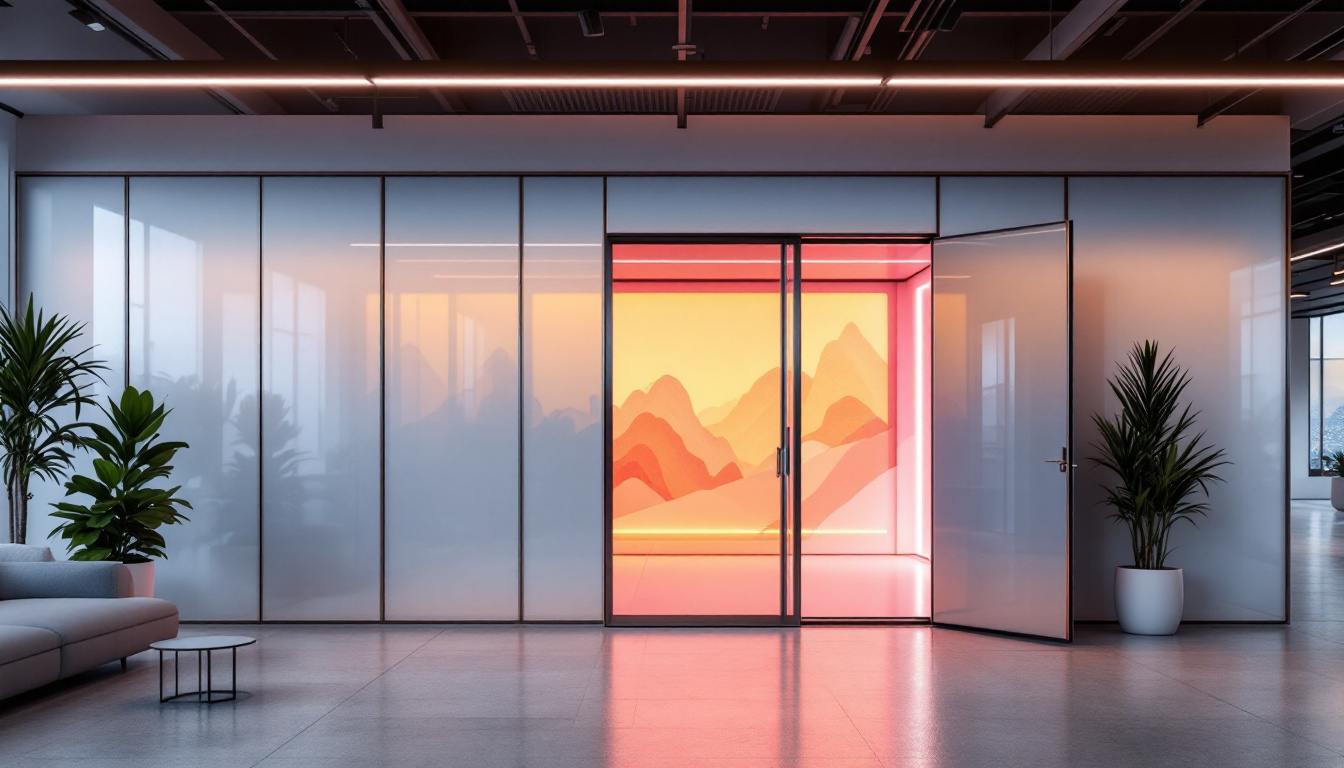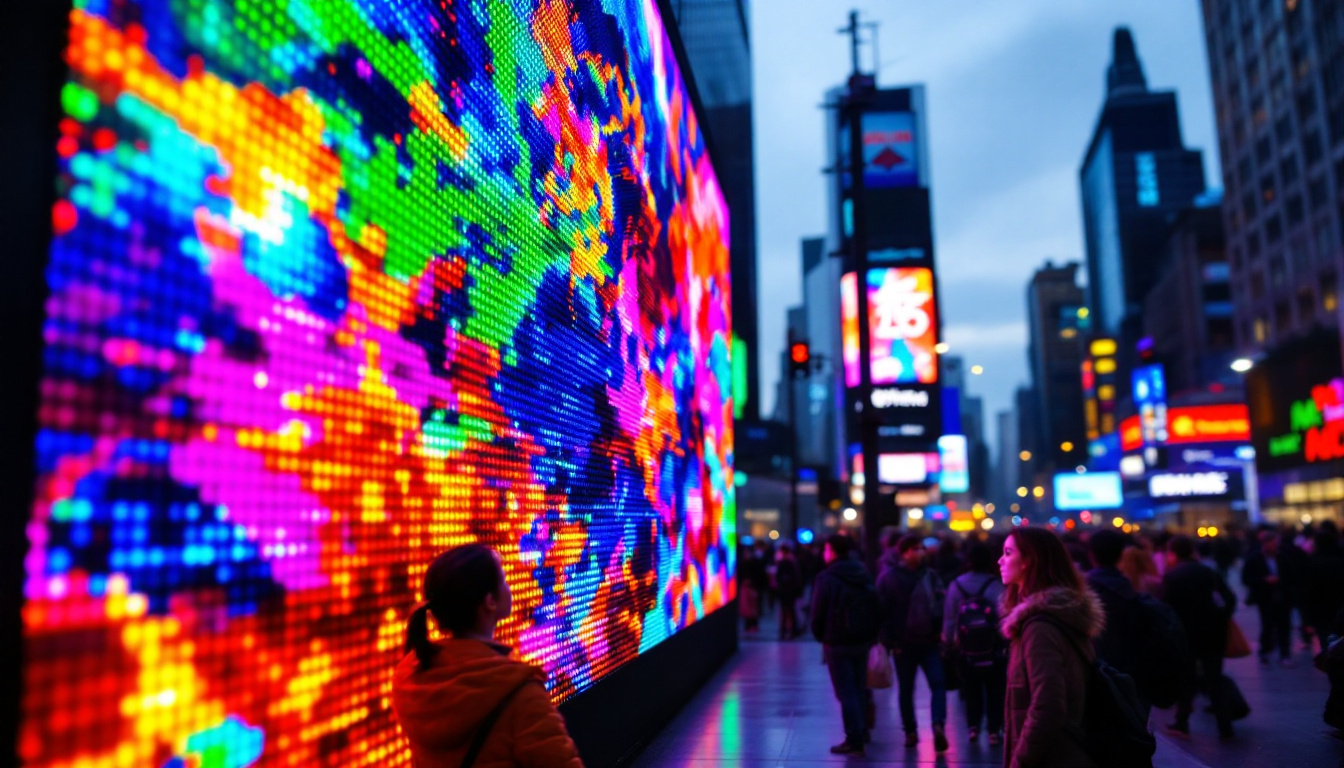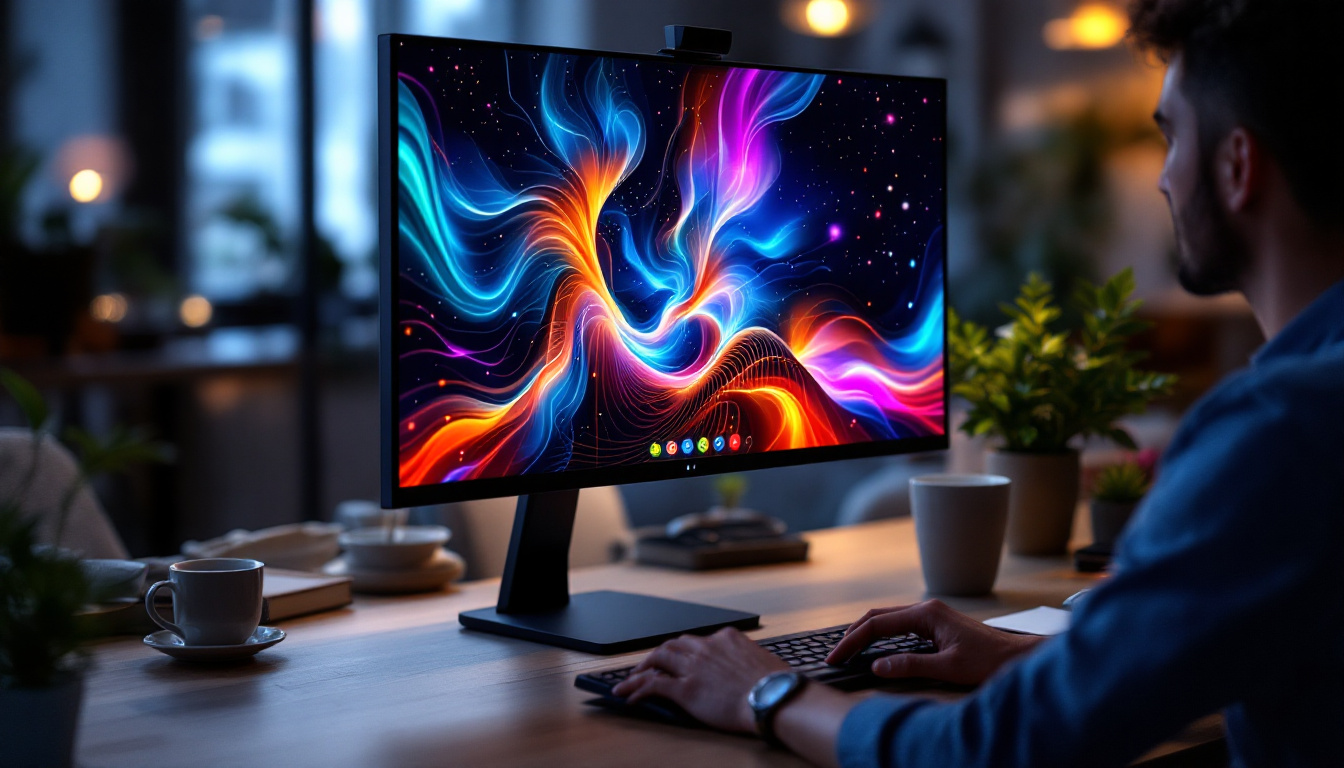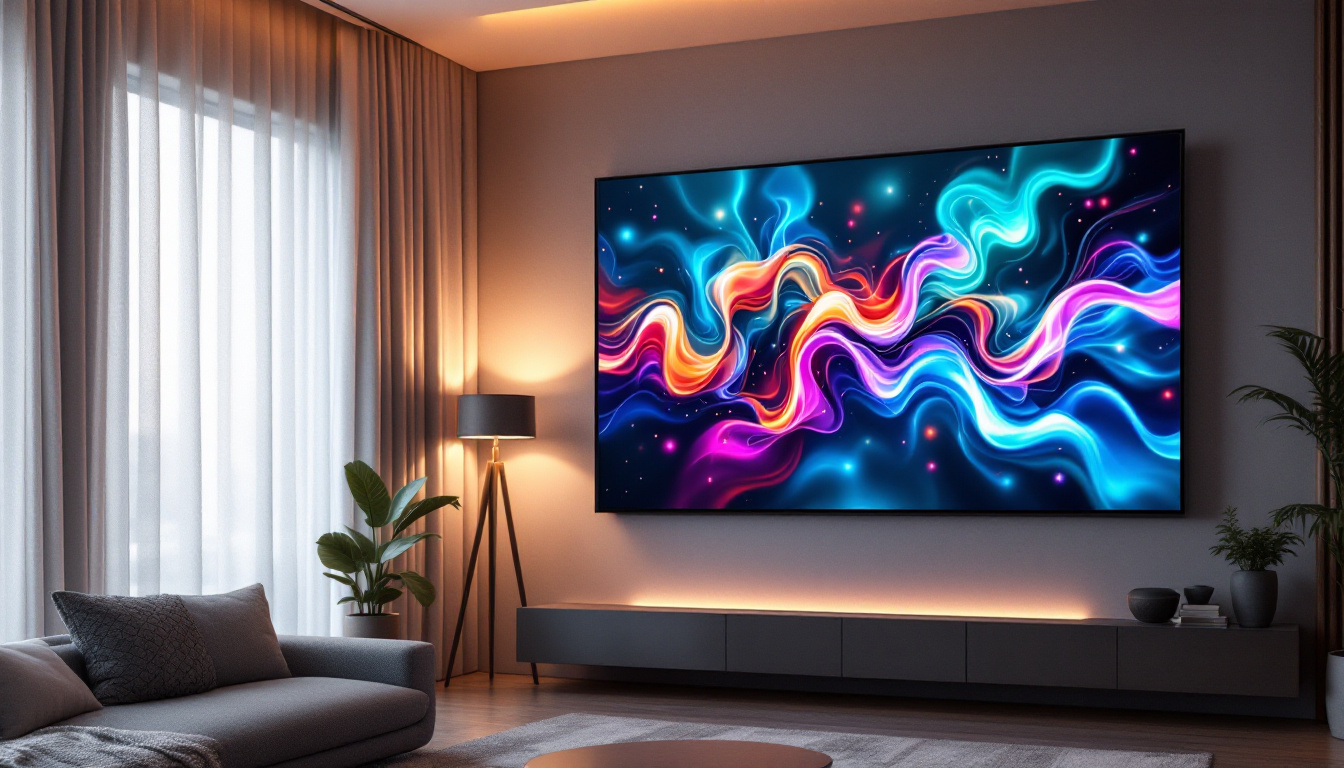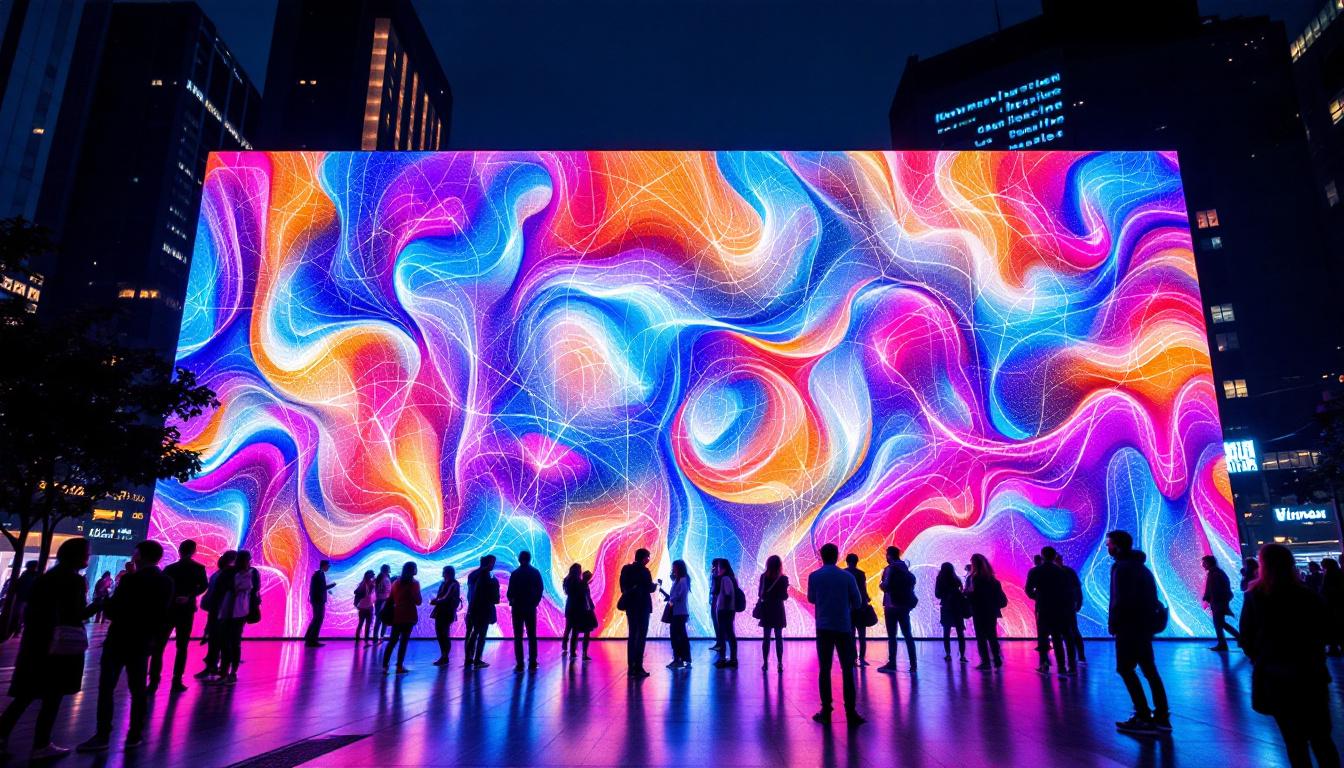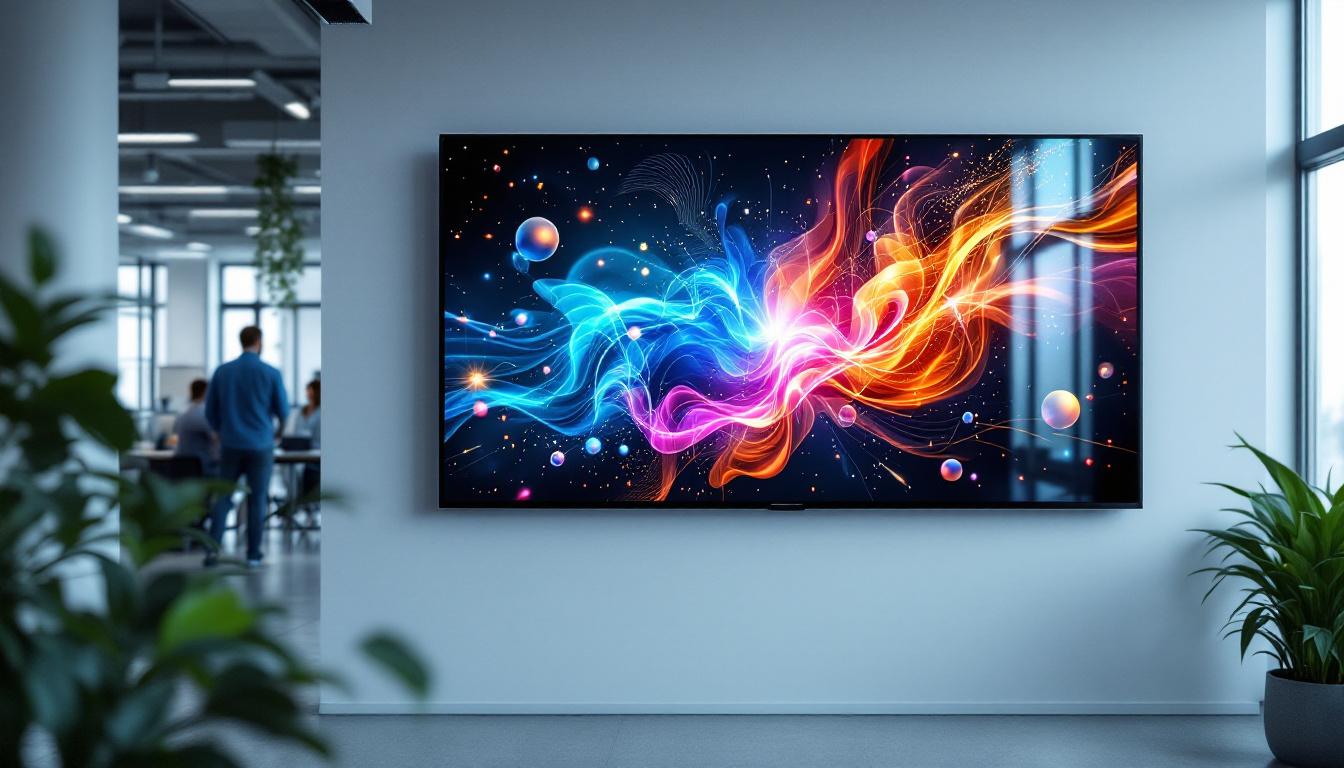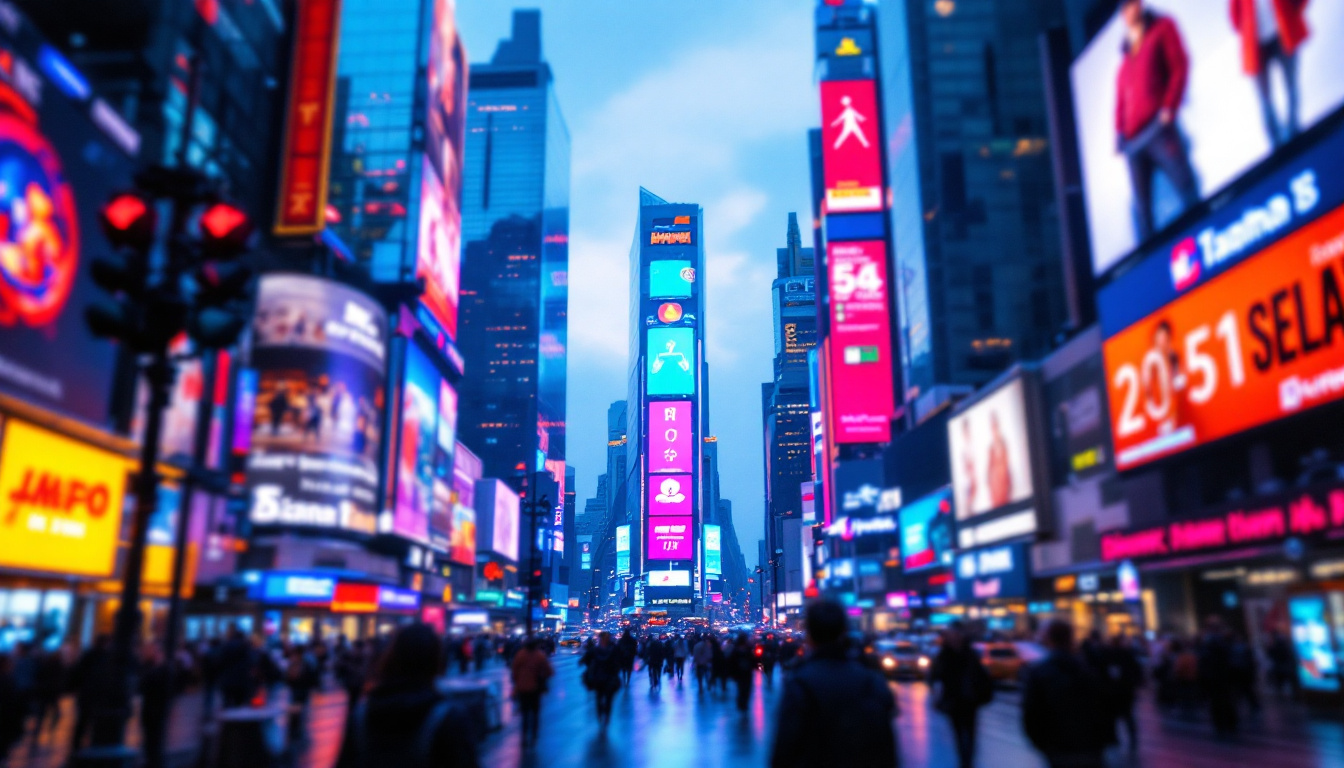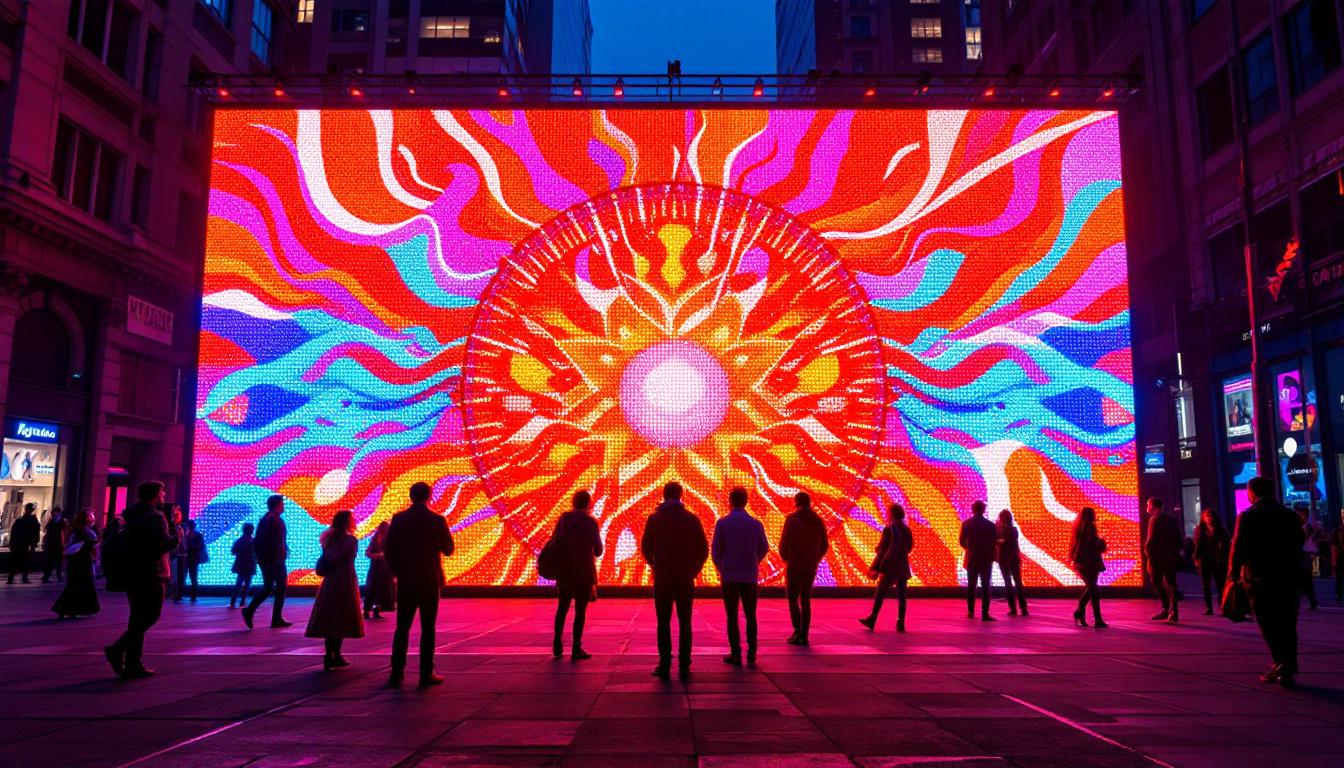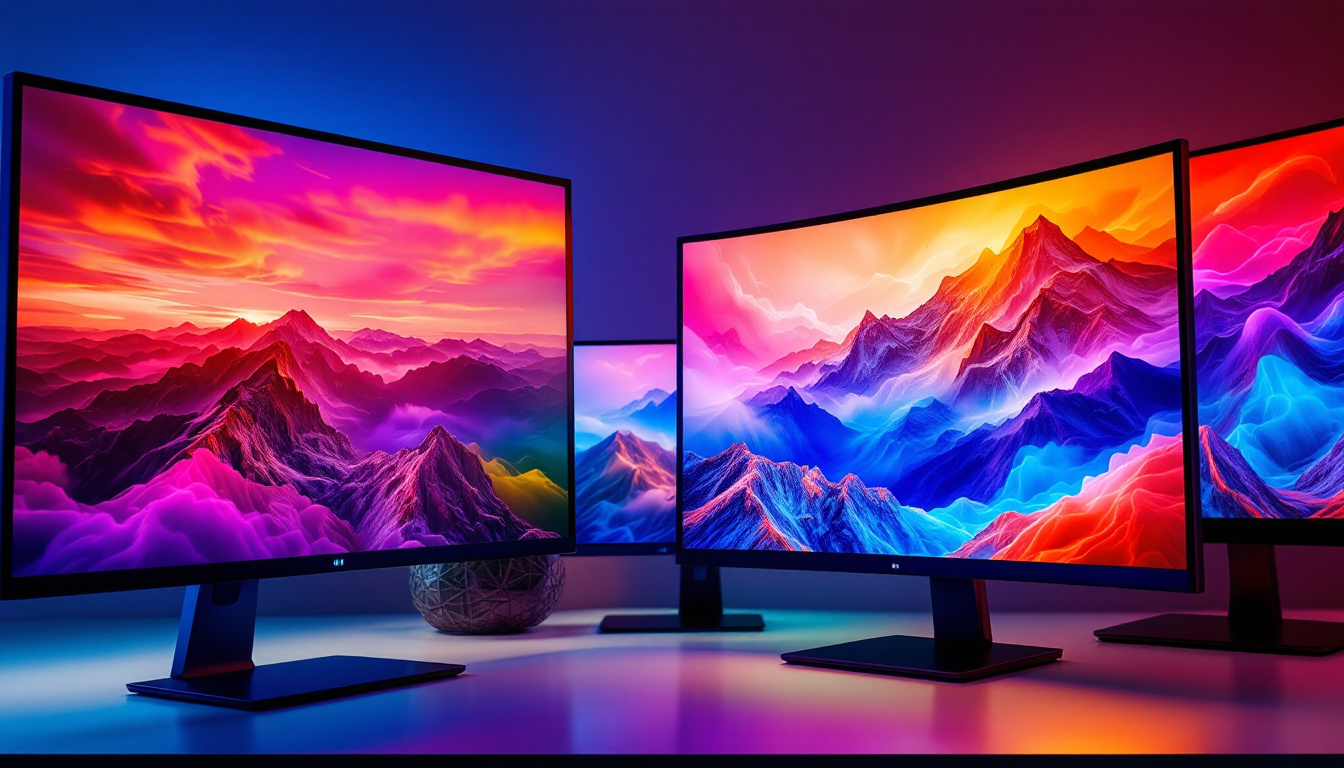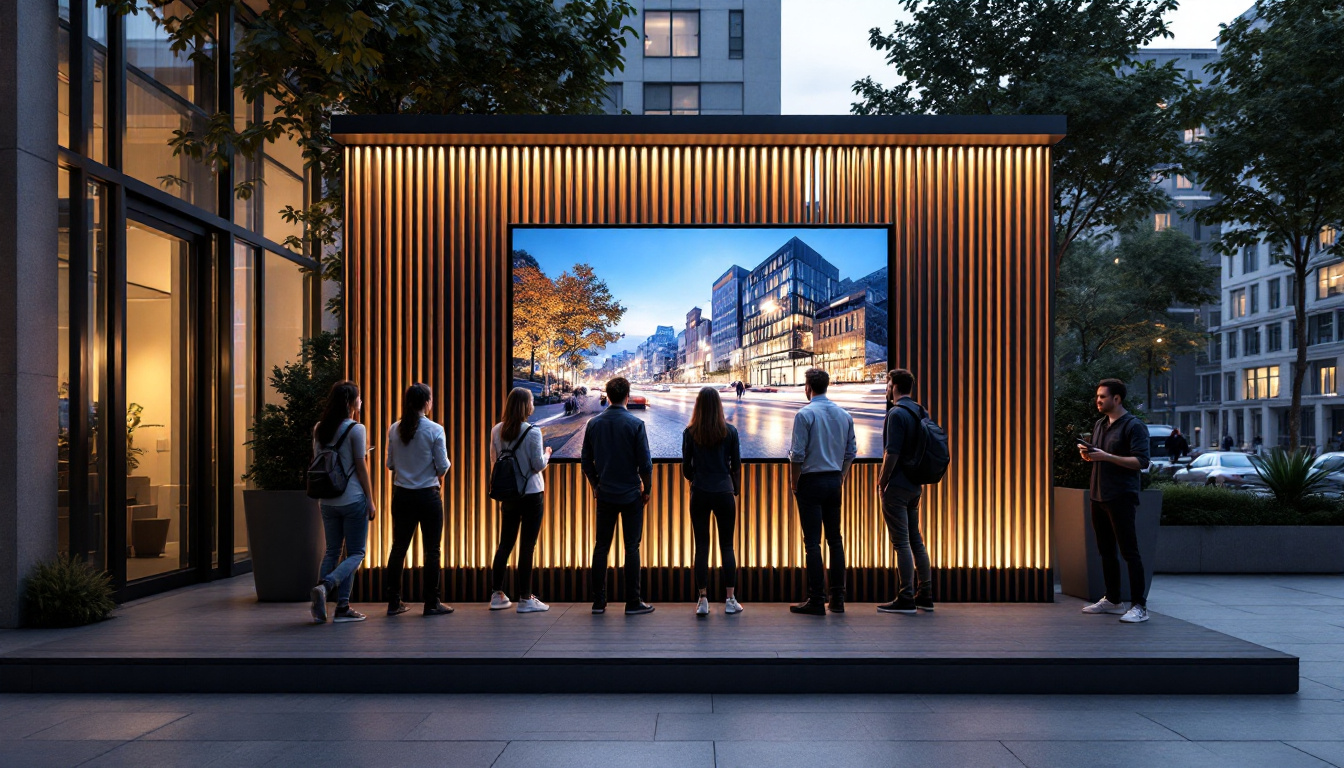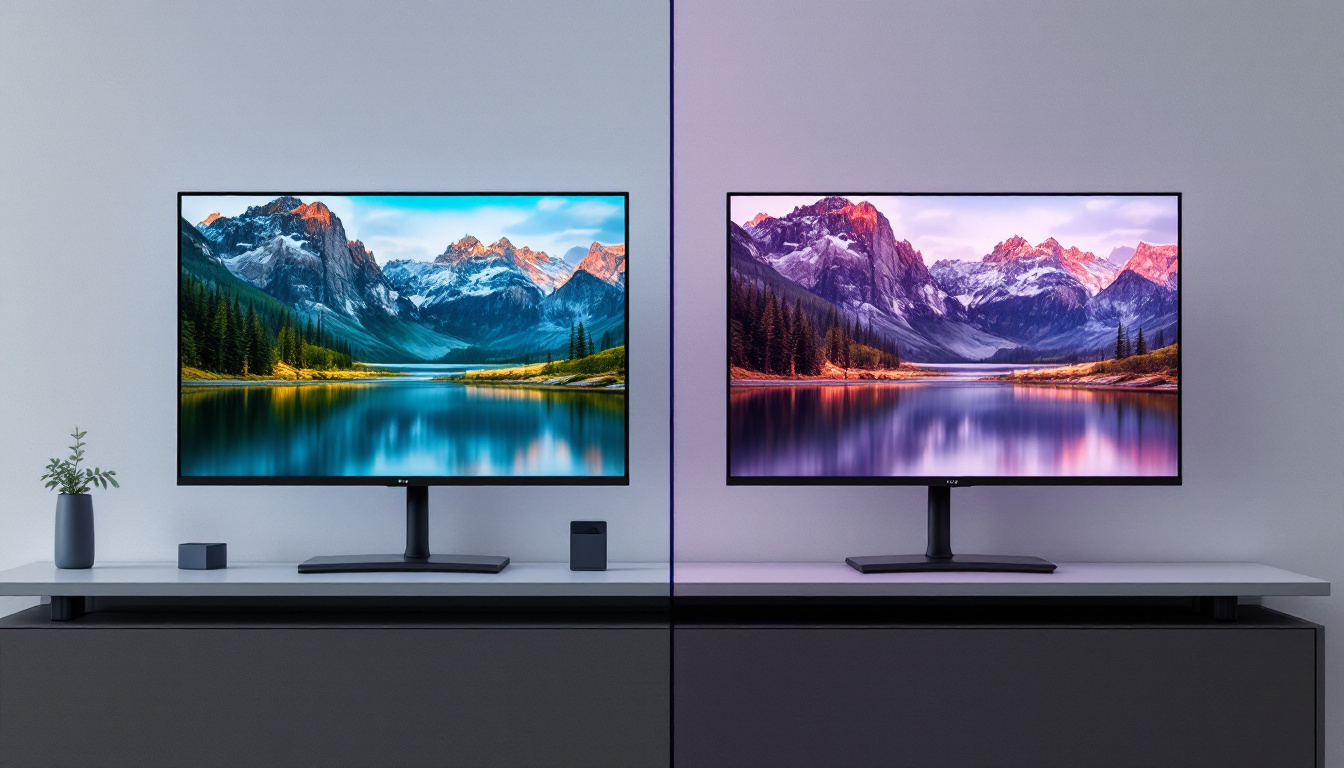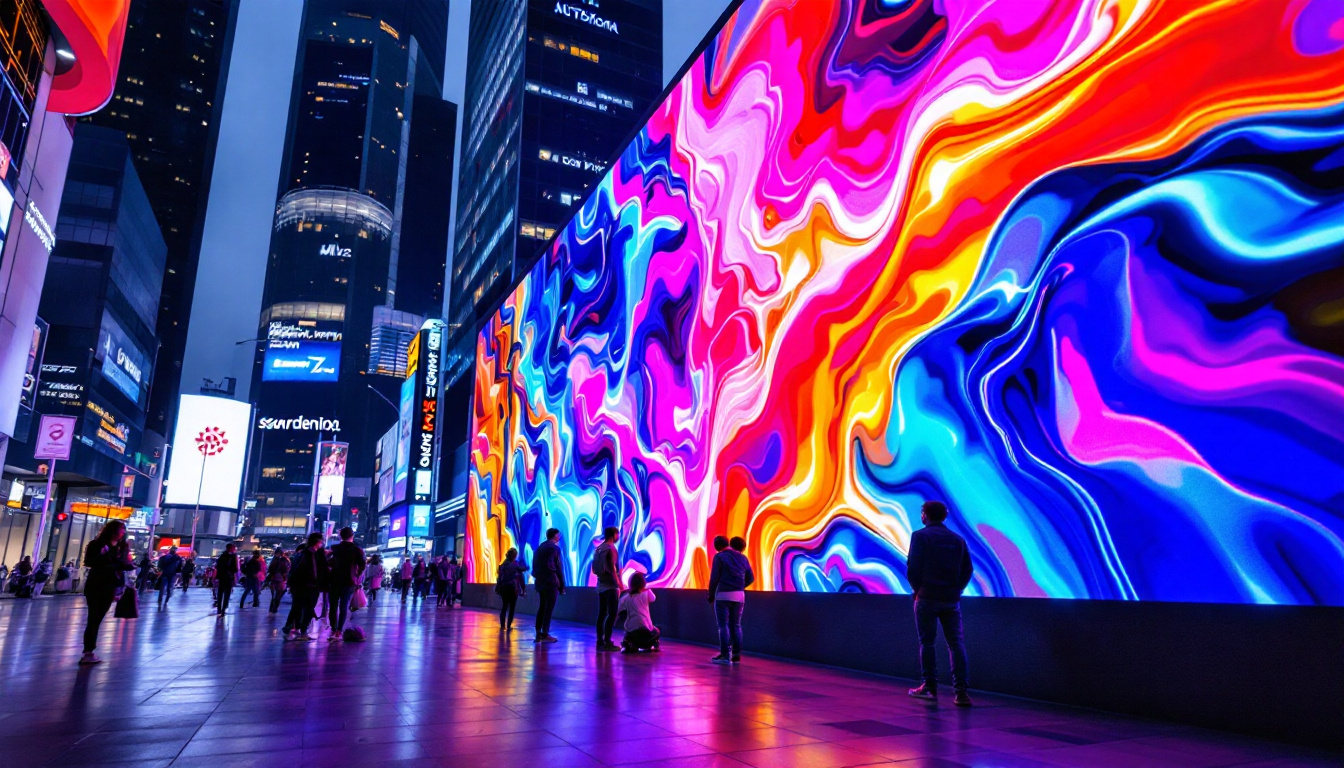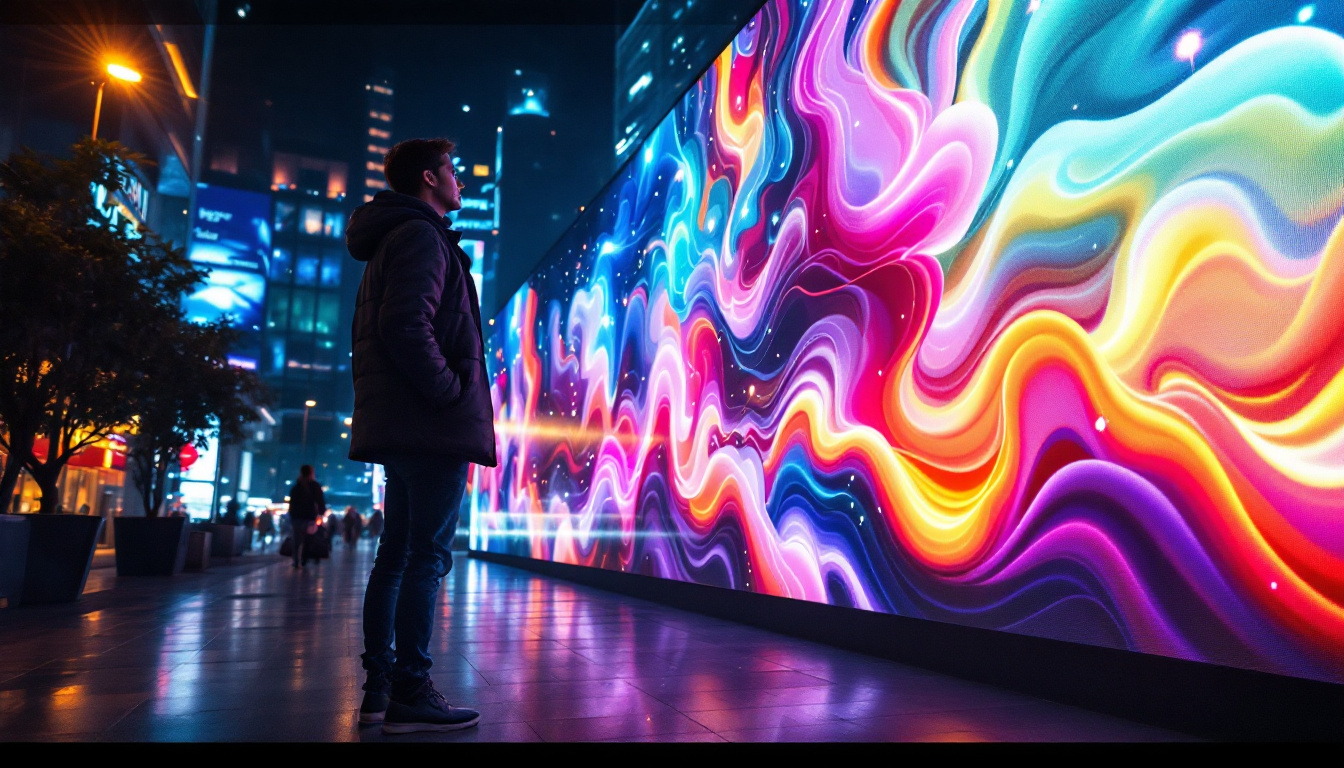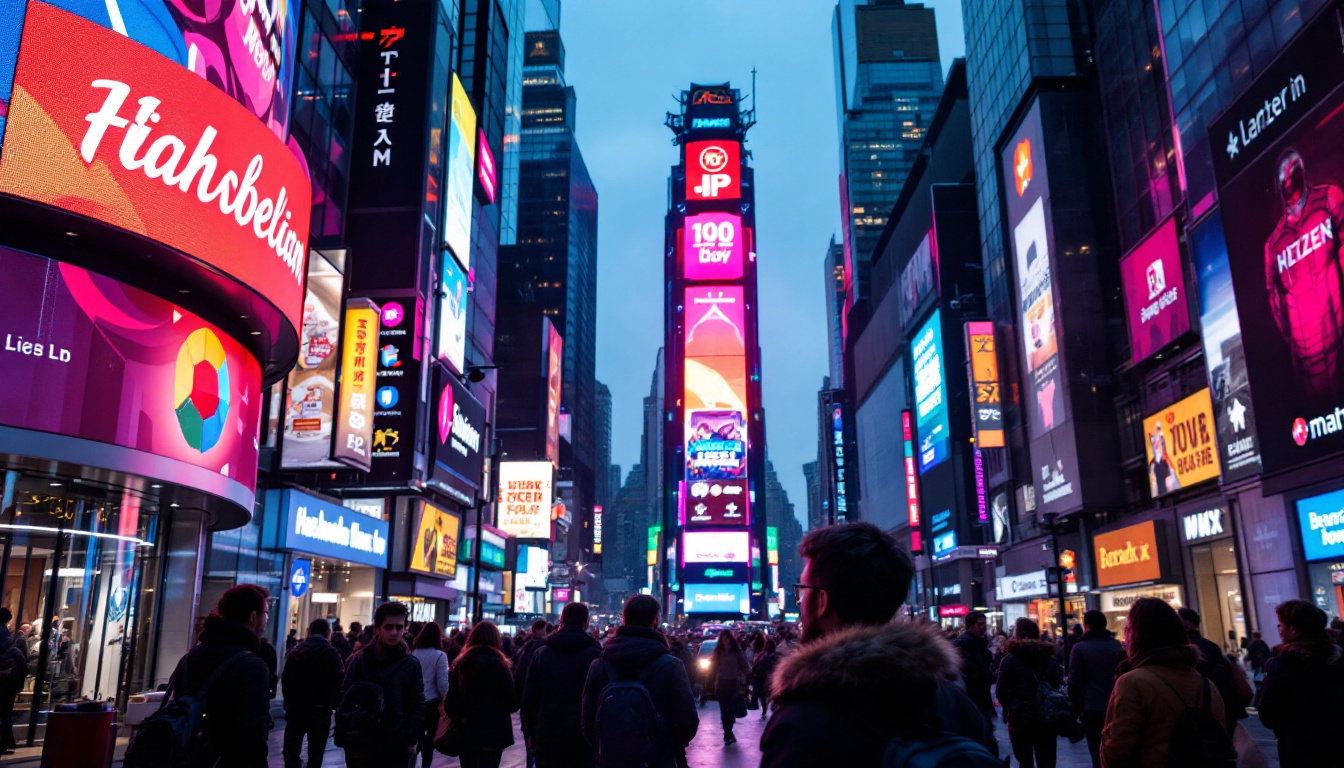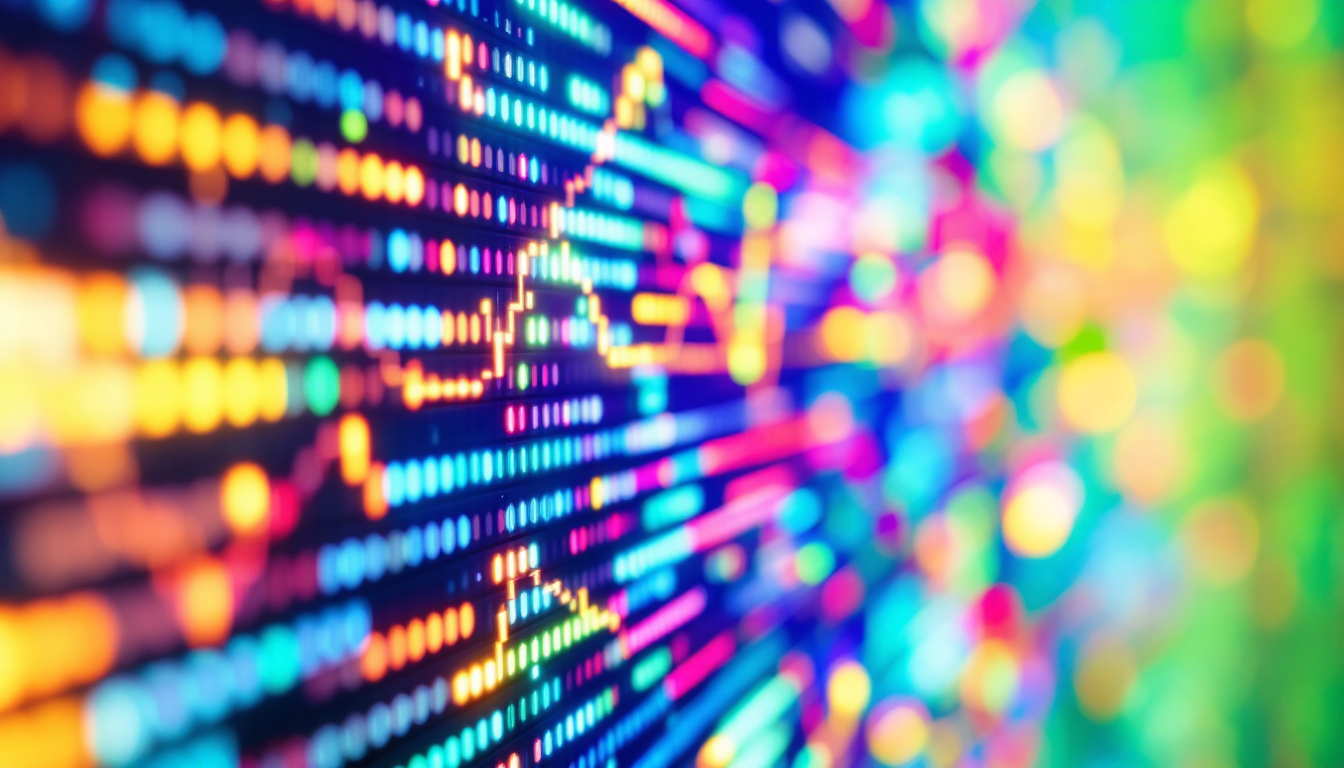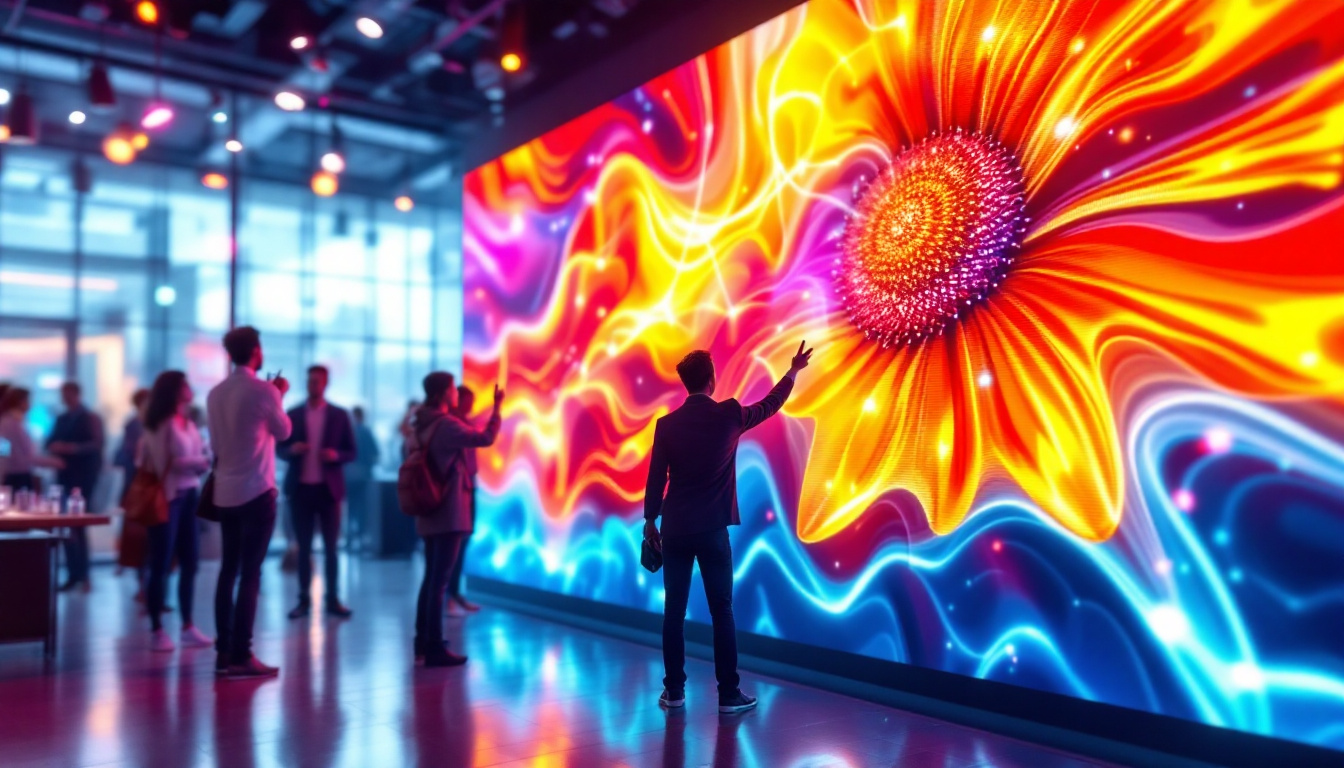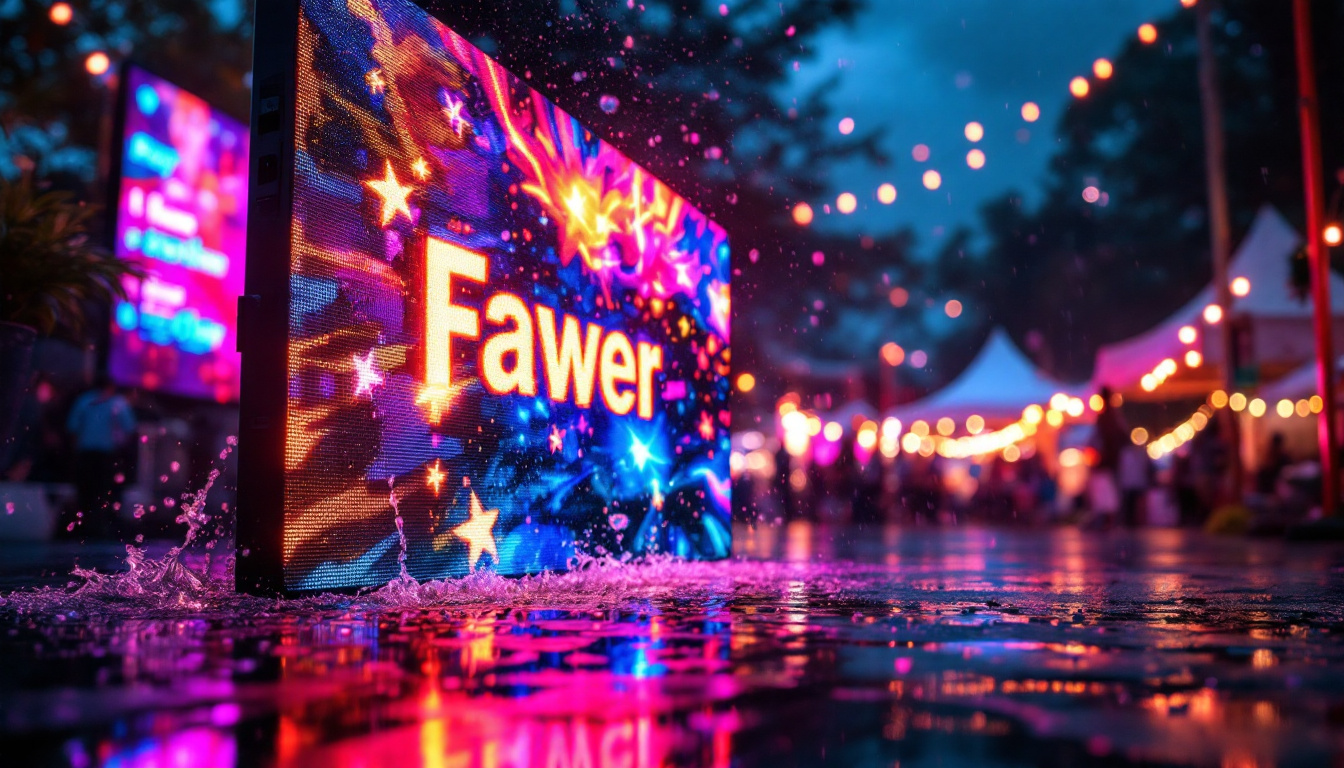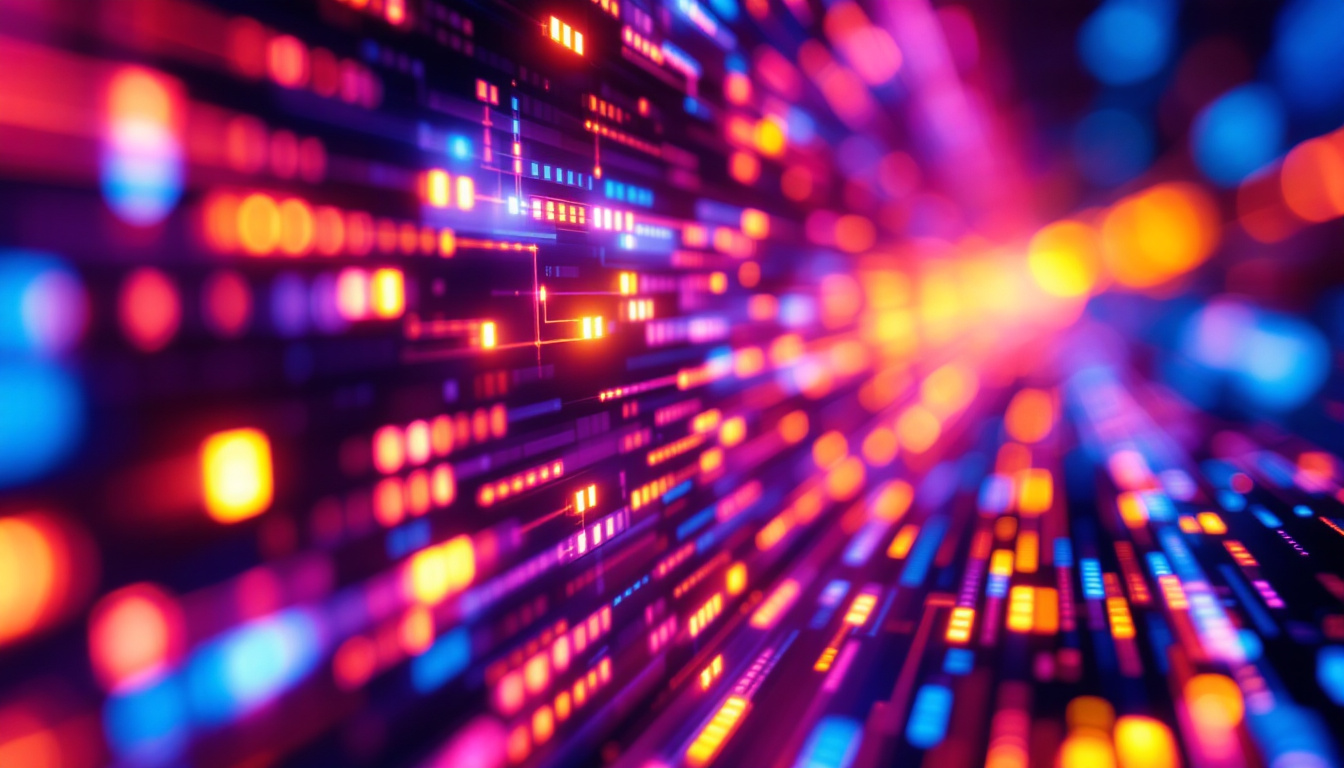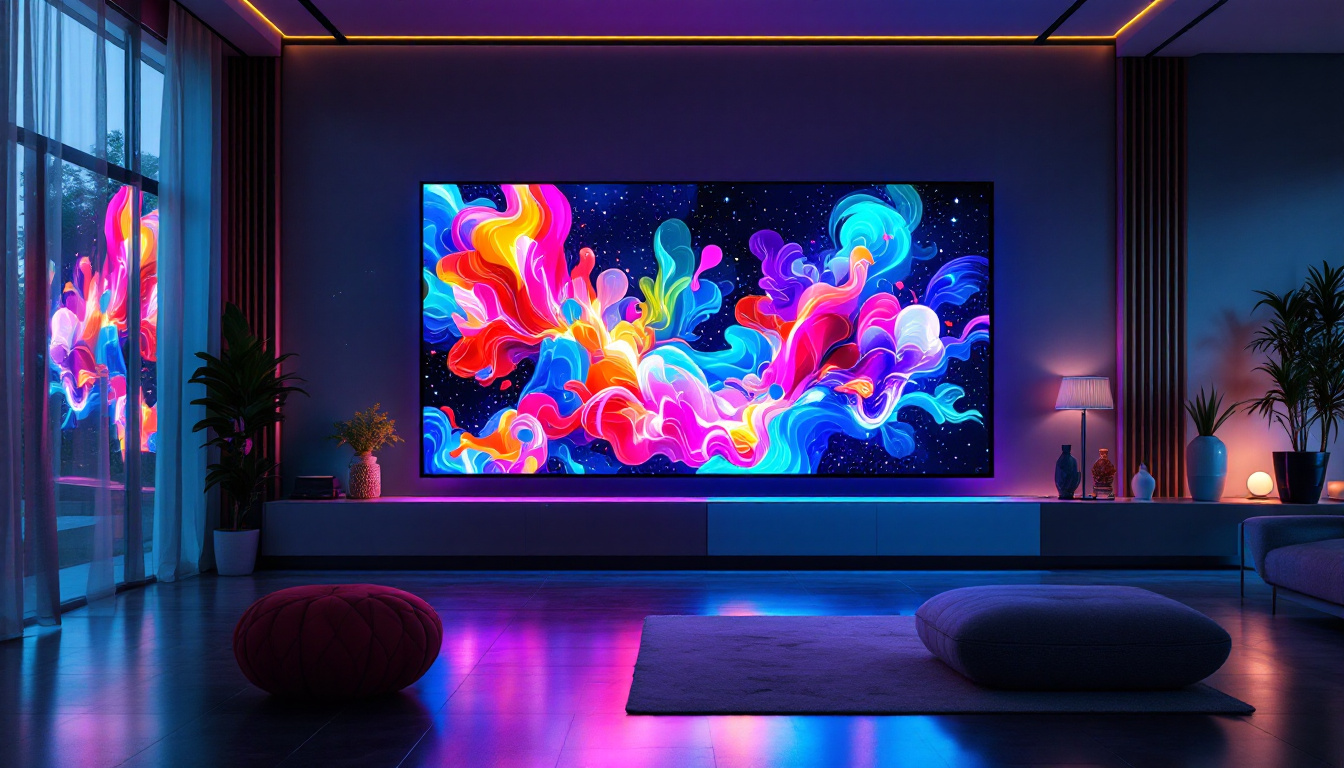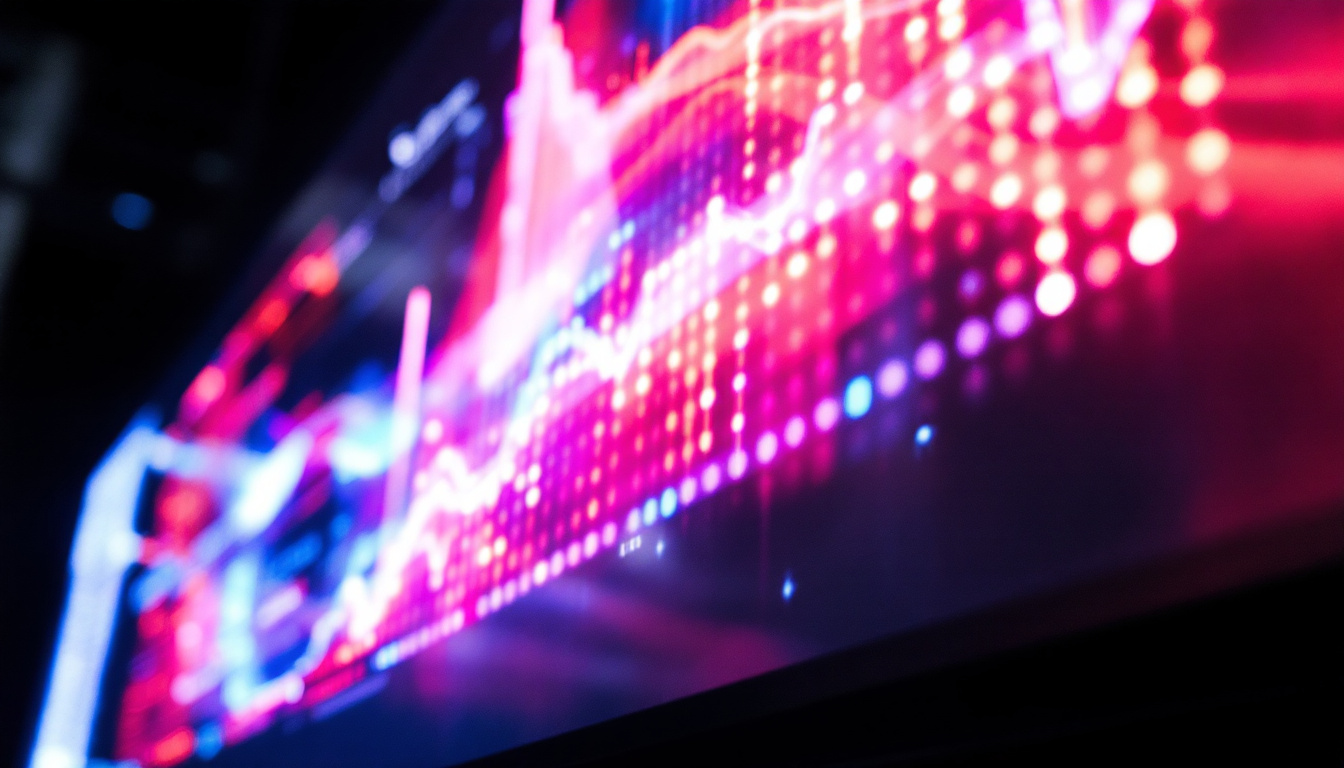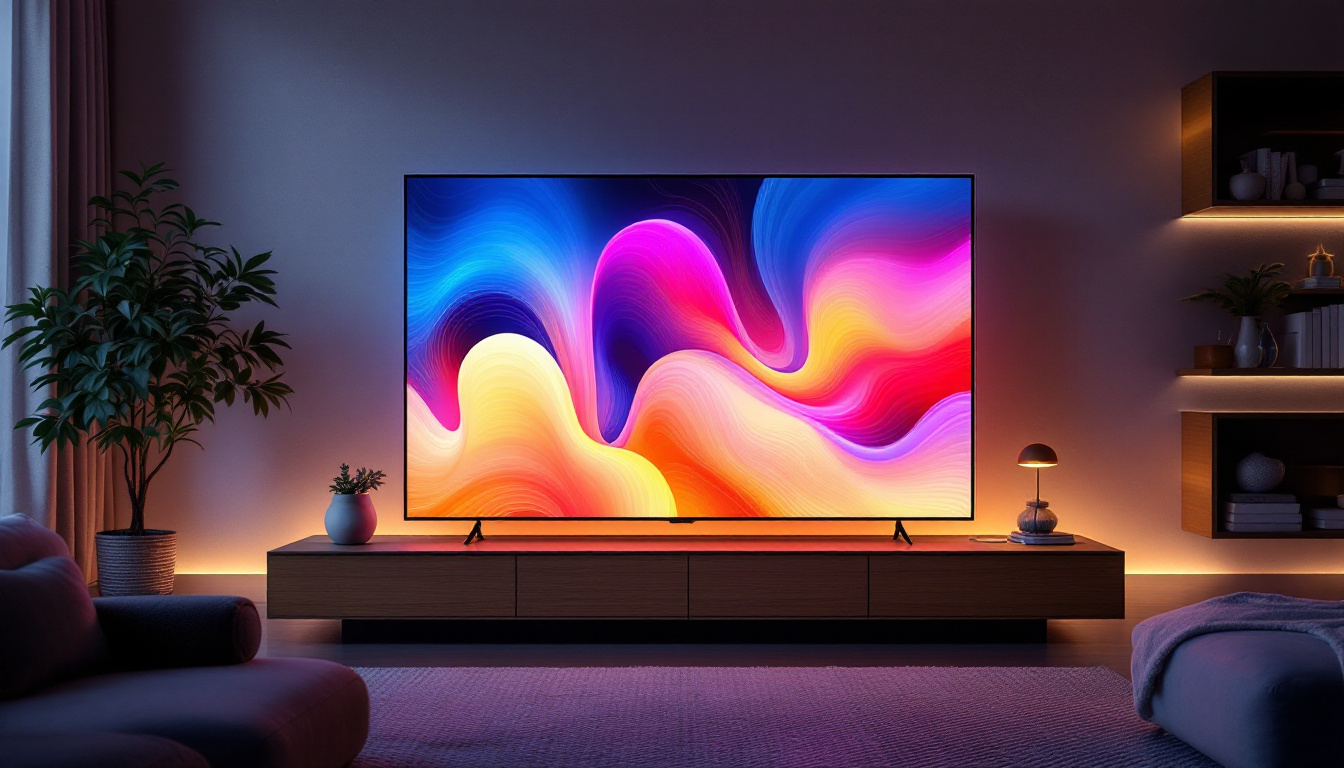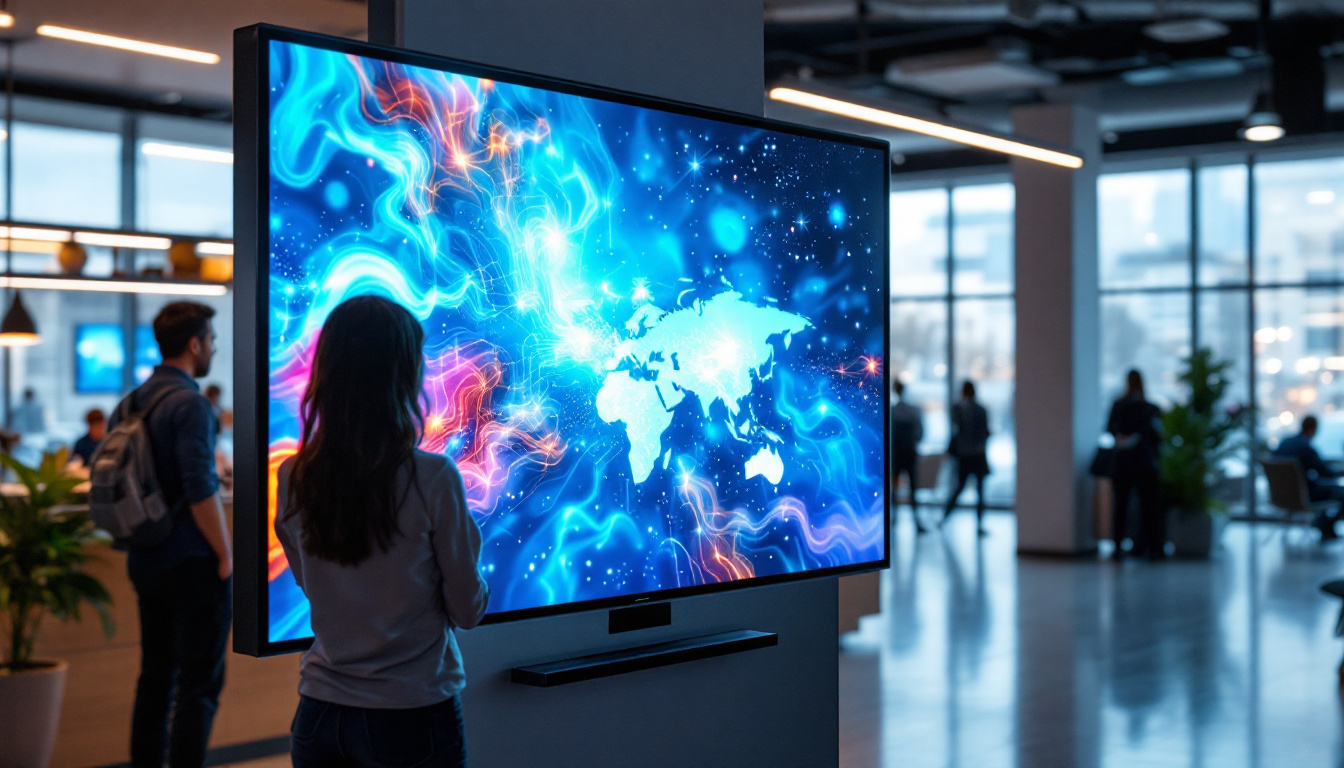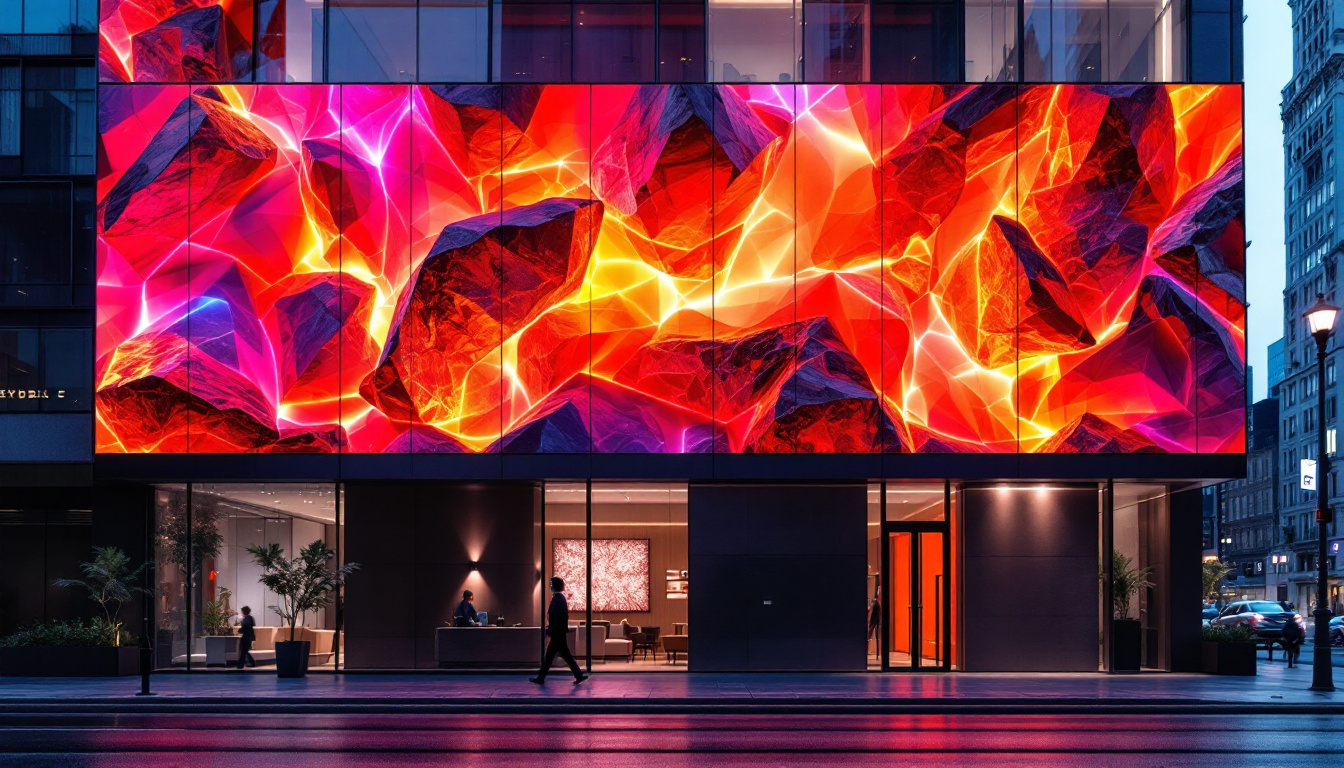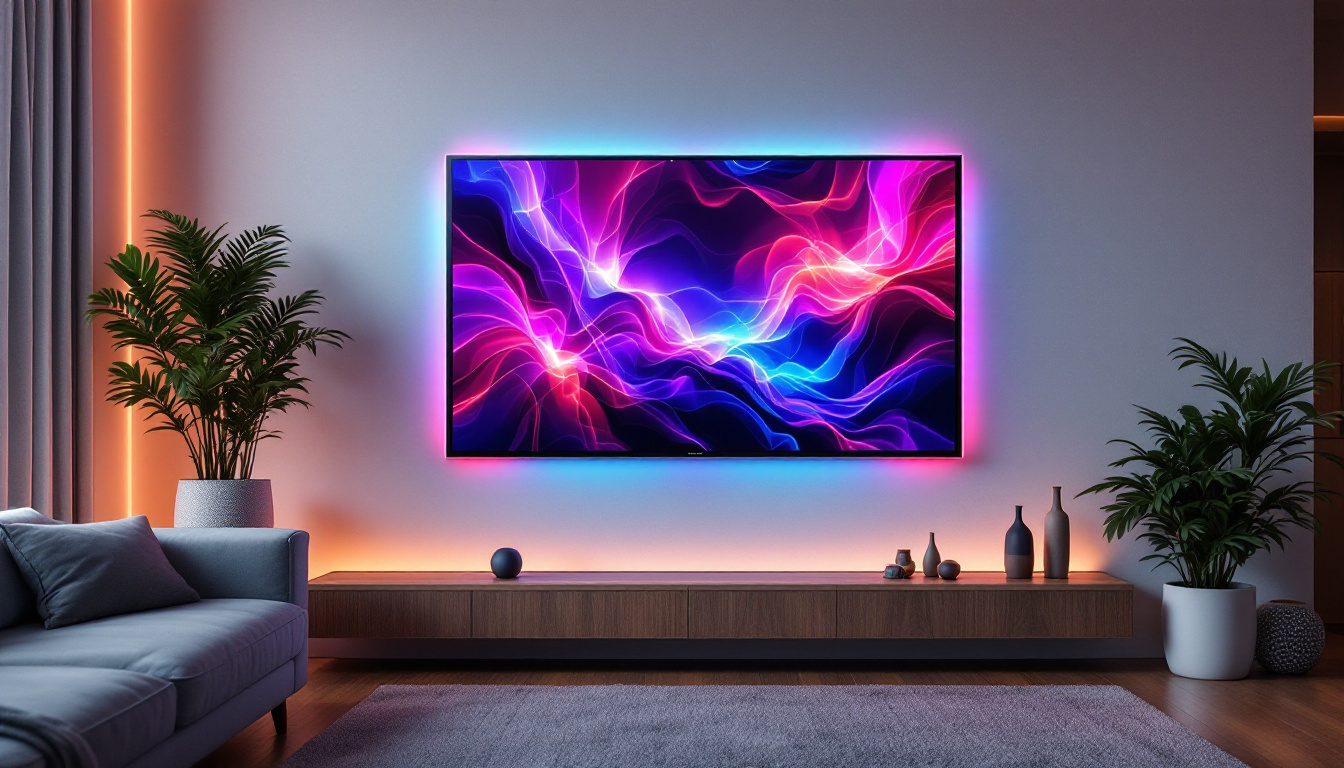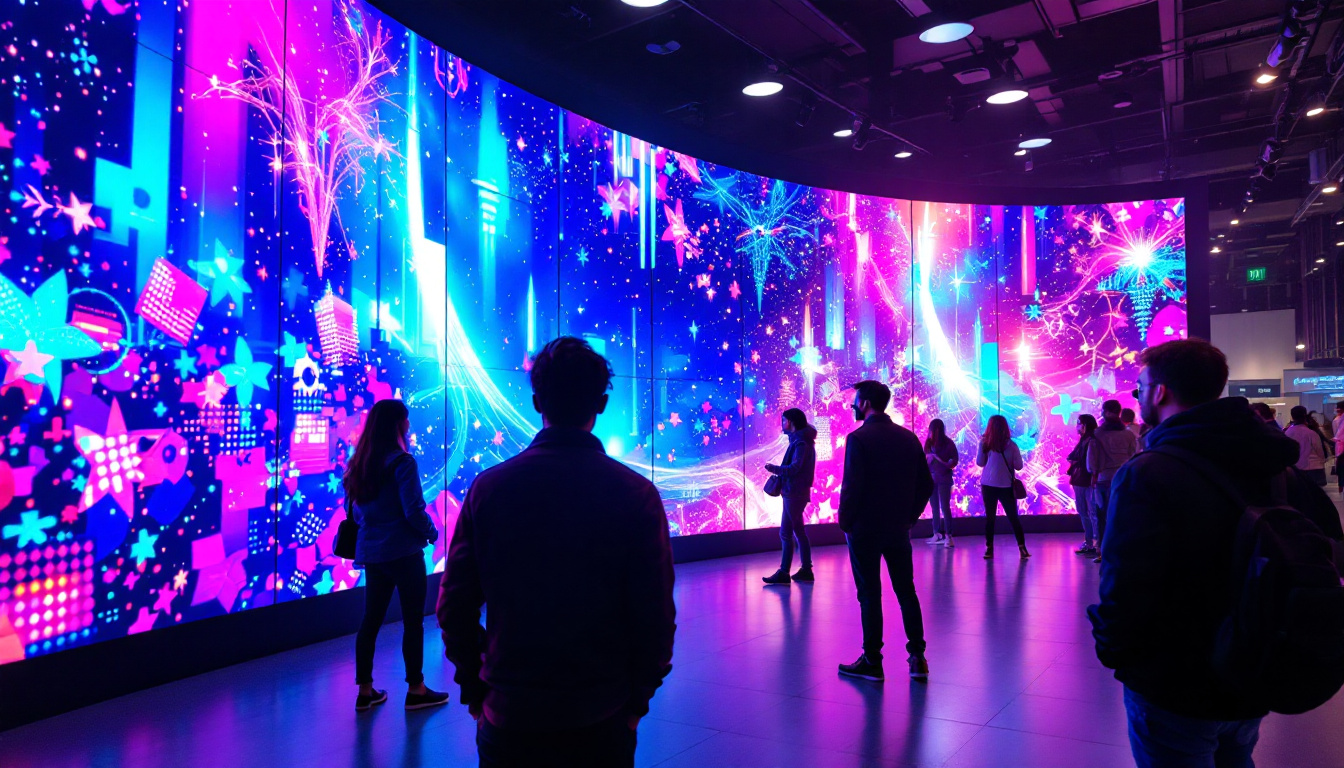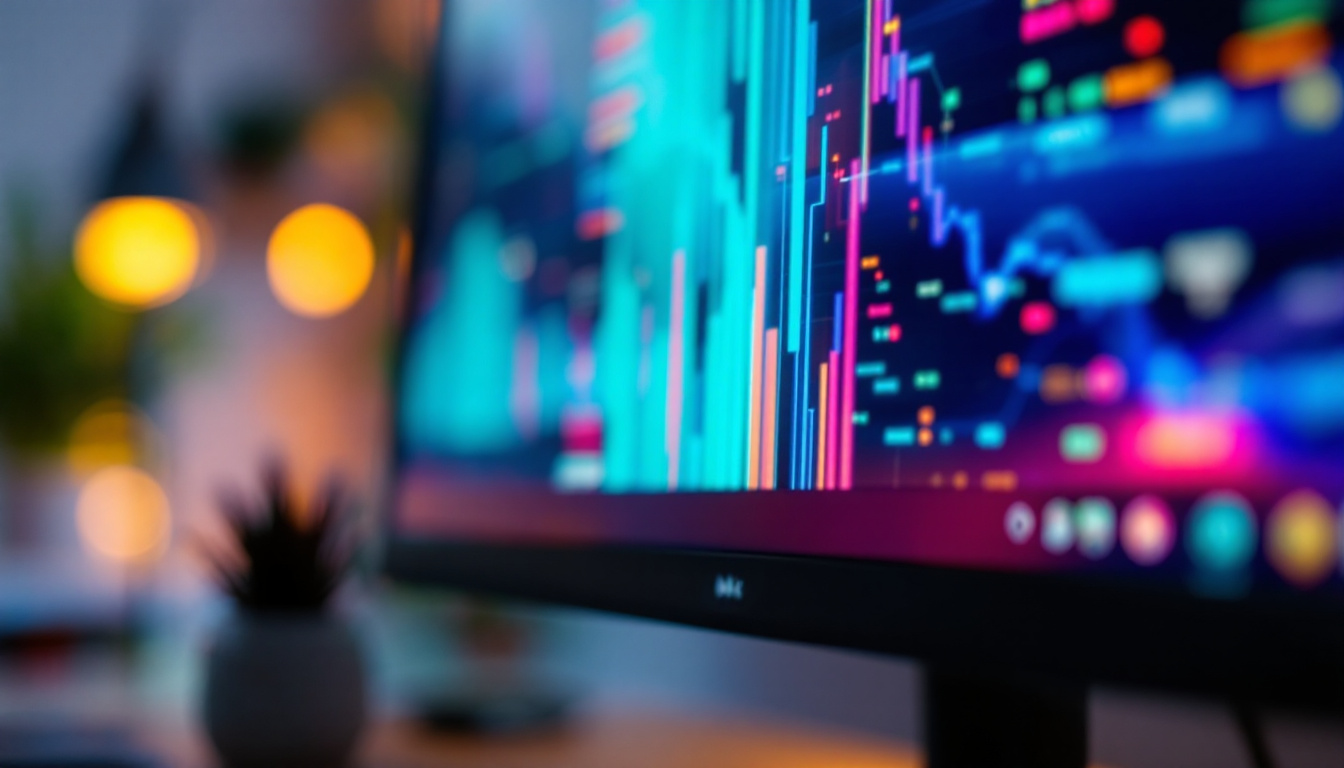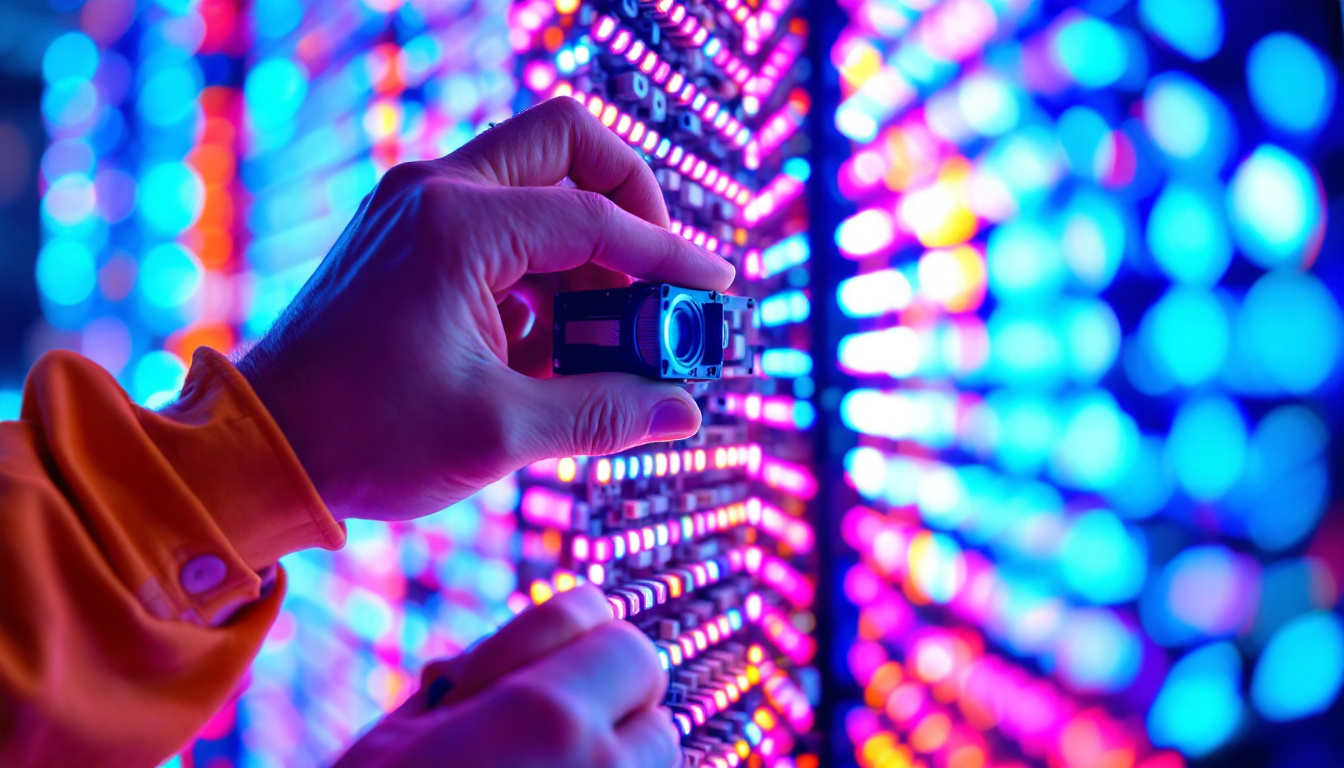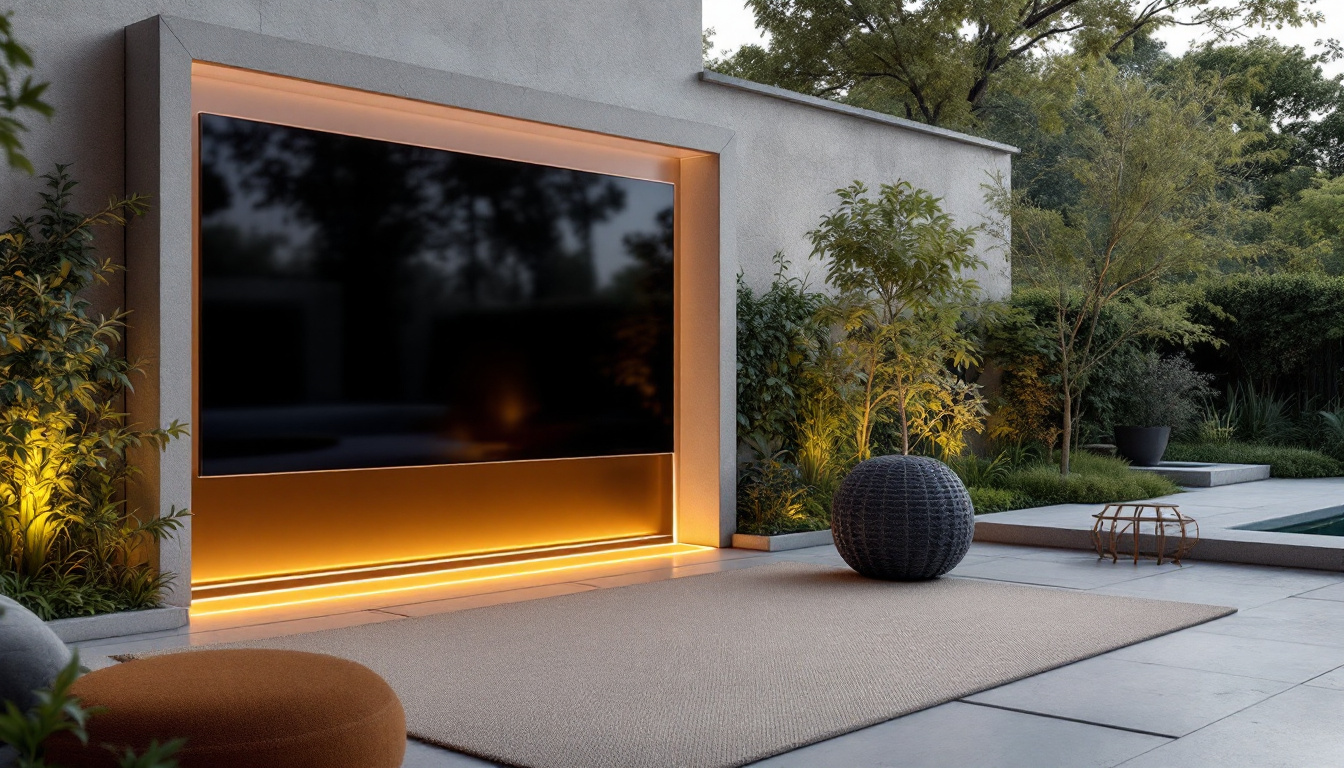In recent years, LED displays have transformed the way information is presented in various settings. From advertising to entertainment, the versatility and effectiveness of big LED panels have made them a popular choice across numerous industries. This article delves into the intricacies of LED displays, exploring their technology, applications, and advantages.
Understanding LED Technology
LED, or Light Emitting Diode, technology has revolutionized the display industry. Unlike traditional display technologies, LEDs utilize semiconductor materials to emit light when an electric current passes through them. This fundamental principle underpins the operation of big LED panels. The efficiency and longevity of LED technology have made it the preferred choice for a variety of applications, from home entertainment systems to large-scale advertising displays.
How LED Displays Work
At the core of an LED display is a matrix of tiny light-emitting diodes. These diodes can be arranged in various configurations, typically in clusters of red, green, and blue (RGB) LEDs. By adjusting the intensity of each color, a wide spectrum of colors can be produced. The combination of these colors allows for the creation of vivid images and dynamic videos. Each pixel on an LED screen is made up of these RGB clusters, which work together to produce the desired visual output, ensuring that viewers experience stunning clarity and detail.
The control systems used in LED displays are equally crucial. They manage the input signals and ensure that the right colors are displayed at the right times. This synchronization is what allows for smooth transitions and animations, making LED displays ideal for dynamic content. Advanced software algorithms analyze incoming data to optimize color accuracy and brightness, further enhancing the viewing experience. This level of control is particularly important in applications such as live event broadcasting, where real-time adjustments are necessary to maintain visual integrity.
Types of LED Displays
LED displays come in various types, each designed for specific applications. The most common types include:
- Indoor LED Displays: These are typically used in venues such as shopping malls, conference rooms, and theaters. They offer high resolution and brightness, making them suitable for close viewing. Indoor displays often feature advanced pixel pitch technology, allowing for finer detail and improved image quality, which is essential for presentations and advertising in crowded spaces.
- Outdoor LED Displays: Built to withstand harsh weather conditions, outdoor LED panels are used for billboards, sports arenas, and public events. They are designed to be highly visible even in direct sunlight. The durability of these displays is enhanced by protective coatings and robust housing, ensuring they can endure rain, wind, and extreme temperatures while maintaining performance.
- Transparent LED Displays: These innovative displays allow for visibility through the screen while still showcasing content. They are often used in retail environments and architectural installations. By integrating transparent LED technology, businesses can create eye-catching displays that do not obstruct views, allowing for creative advertising solutions that blend seamlessly with their surroundings.
Additionally, the emergence of flexible LED displays has opened up new possibilities for creative applications. These displays can be bent and shaped to fit unconventional spaces, making them ideal for artistic installations and unique architectural designs. Their lightweight nature and adaptability allow designers to push the boundaries of traditional display formats, leading to innovative solutions that captivate audiences in ways previously thought impossible.
Applications of Big LED Panels
The versatility of big LED panels has led to their adoption in various sectors. Their applications are vast and varied, catering to different needs and audiences.
Advertising and Marketing
One of the most prominent uses of big LED panels is in advertising. These displays can capture attention with vibrant colors and dynamic content, making them an effective tool for brands looking to promote their products. From large billboards on busy streets to digital signage in retail stores, LED displays enhance visibility and engagement.
Moreover, the ability to change content quickly allows advertisers to tailor messages based on time, location, and audience demographics. This flexibility is a significant advantage over traditional static signage.
Entertainment and Events
In the entertainment industry, big LED panels have become essential for concerts, festivals, and sporting events. They provide a platform for immersive experiences, displaying live feeds, graphics, and animations that enhance the overall atmosphere.
For instance, during a concert, LED screens can display visuals that complement the music, creating a multi-sensory experience for the audience. Additionally, they can be used for live broadcasting, ensuring that everyone in attendance has a clear view of the performance.
Information Display
Big LED panels are also widely used for information dissemination. Airports, train stations, and public transport hubs utilize these displays to provide real-time updates on schedules, delays, and other critical information. Their visibility ensures that travelers can easily access the information they need, enhancing overall efficiency.
In educational institutions, LED displays can be used to share announcements, schedules, and educational content, fostering a more informed community.
Advantages of Big LED Panels
The growing popularity of big LED panels can be attributed to several advantages they offer over traditional display technologies. These benefits make them a preferred choice for many applications.
High Brightness and Visibility
One of the standout features of LED displays is their exceptional brightness. They can produce vivid colors and sharp images, even in bright daylight. This high visibility makes them suitable for outdoor environments where sunlight can wash out other types of displays.
Furthermore, the brightness of LED panels can be adjusted according to the ambient light conditions, ensuring optimal viewing experiences at all times.
Energy Efficiency
LED technology is known for its energy efficiency. Compared to traditional display technologies such as LCD and plasma, LED panels consume significantly less power. This not only reduces operational costs but also minimizes the environmental impact, making them a more sustainable choice.
Additionally, their long lifespan means fewer replacements are needed, further contributing to energy savings over time.
Durability and Low Maintenance
Big LED panels are built to last. They are designed to withstand various environmental factors, including moisture, dust, and temperature fluctuations. This durability makes them ideal for both indoor and outdoor applications.
Moreover, LED displays require minimal maintenance. The solid-state technology means that they are less prone to damage compared to fragile display types like LCDs. This reliability translates to lower maintenance costs and less downtime.
Challenges and Considerations
While big LED panels offer numerous advantages, there are also challenges and considerations that potential users should keep in mind. Understanding these factors can help in making informed decisions.
Initial Investment Costs
One of the primary challenges associated with big LED panels is the initial investment cost. High-quality LED displays can be expensive to purchase and install. However, it is essential to consider the long-term savings associated with energy efficiency and low maintenance costs.
For businesses, the return on investment can be significant if the displays are used effectively for advertising or information dissemination.
Content Management
Another consideration is content management. While LED displays are capable of showcasing dynamic content, managing that content can be complex. Businesses need to invest in software and training to ensure that their displays are utilized to their full potential.
Additionally, creating engaging and relevant content is crucial for maintaining audience interest. This requires a commitment to regular updates and creative strategies.
Regulatory Compliance
Depending on the location and application, there may be regulatory considerations to address. Local laws regarding signage, brightness levels, and advertising can impact the installation and operation of big LED panels.
It is essential for businesses to familiarize themselves with these regulations to avoid potential fines or operational issues.
The Future of LED Displays
The future of big LED panels looks promising, with ongoing advancements in technology and applications. Innovations are continually enhancing the capabilities of LED displays, making them more versatile and effective.
Emerging Technologies
As technology evolves, new developments in LED displays are emerging. For instance, microLED technology is gaining traction, offering even higher resolutions and better energy efficiency. This technology has the potential to revolutionize the display industry by enabling smaller, more powerful screens.
Additionally, advancements in flexible LED displays are opening up new possibilities for creative applications, allowing for unique shapes and designs that were previously unattainable.
Integration with Smart Technologies
Big LED panels are increasingly being integrated with smart technologies, enhancing their functionality. The use of IoT (Internet of Things) allows for real-time data integration, enabling displays to showcase dynamic content based on various factors such as weather, traffic, or audience demographics.
This integration can lead to more personalized and relevant experiences for viewers, further increasing the effectiveness of LED displays in advertising and information dissemination.
Sustainability Initiatives
As sustainability becomes a more significant concern globally, the LED industry is responding with initiatives aimed at reducing environmental impact. This includes the development of eco-friendly materials and recycling programs for old displays.
Moreover, the energy efficiency of LED technology aligns with the growing demand for sustainable solutions, making them an attractive option for environmentally-conscious businesses.
Conclusion
Big LED panels have become an integral part of modern communication and advertising strategies. Their ability to deliver vibrant, dynamic content makes them a powerful tool across various industries. While there are challenges to consider, the advantages of LED technology, including high visibility, energy efficiency, and durability, make it a worthwhile investment.
As technology continues to advance, the future of LED displays promises even more exciting possibilities. By staying informed and adapting to these changes, businesses can leverage big LED panels to enhance their visibility and engagement in an increasingly competitive landscape.
Discover LumenMatrix LED Display Solutions
Ready to elevate your visual communication strategy with the latest in LED technology? Look no further than LumenMatrix, a pioneer in crafting LED display modules that bring your brand to life. Whether you’re seeking an Indoor LED Wall Display for your corporate events, an Outdoor LED Wall Display to capture the public’s attention, or any of our other innovative solutions like Vehicle LED Displays, LED Sports Displays, and Custom LED Displays, LumenMatrix has you covered. Embrace the future of vibrant and engaging digital signage with our All-in-One and Transparent LED Displays. Check out LumenMatrix LED Display Solutions today and transform the way you connect with your audience.

